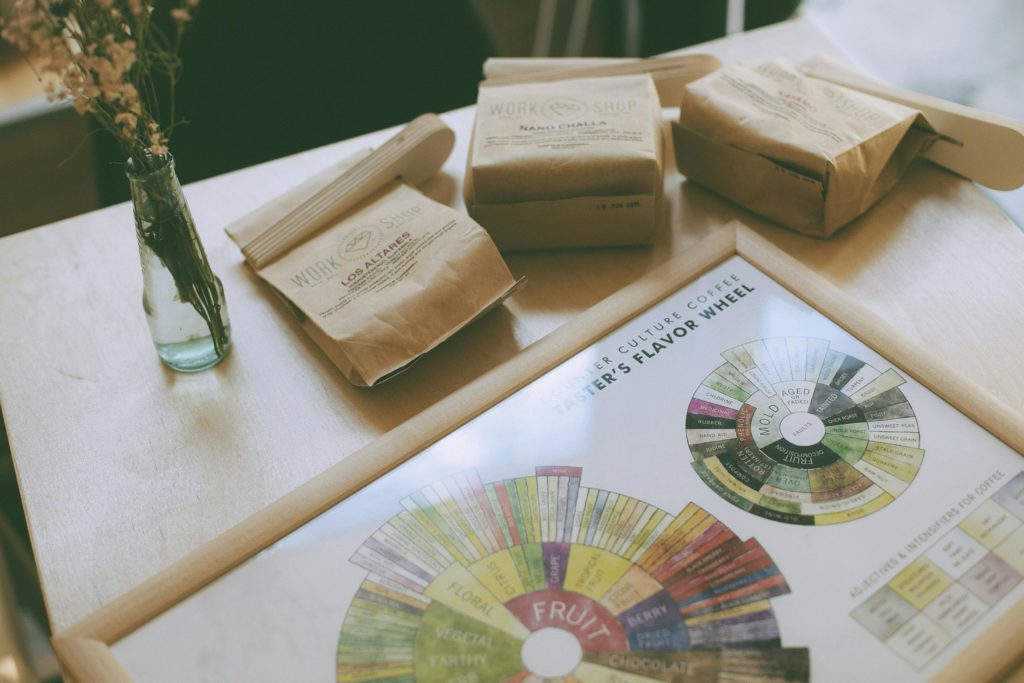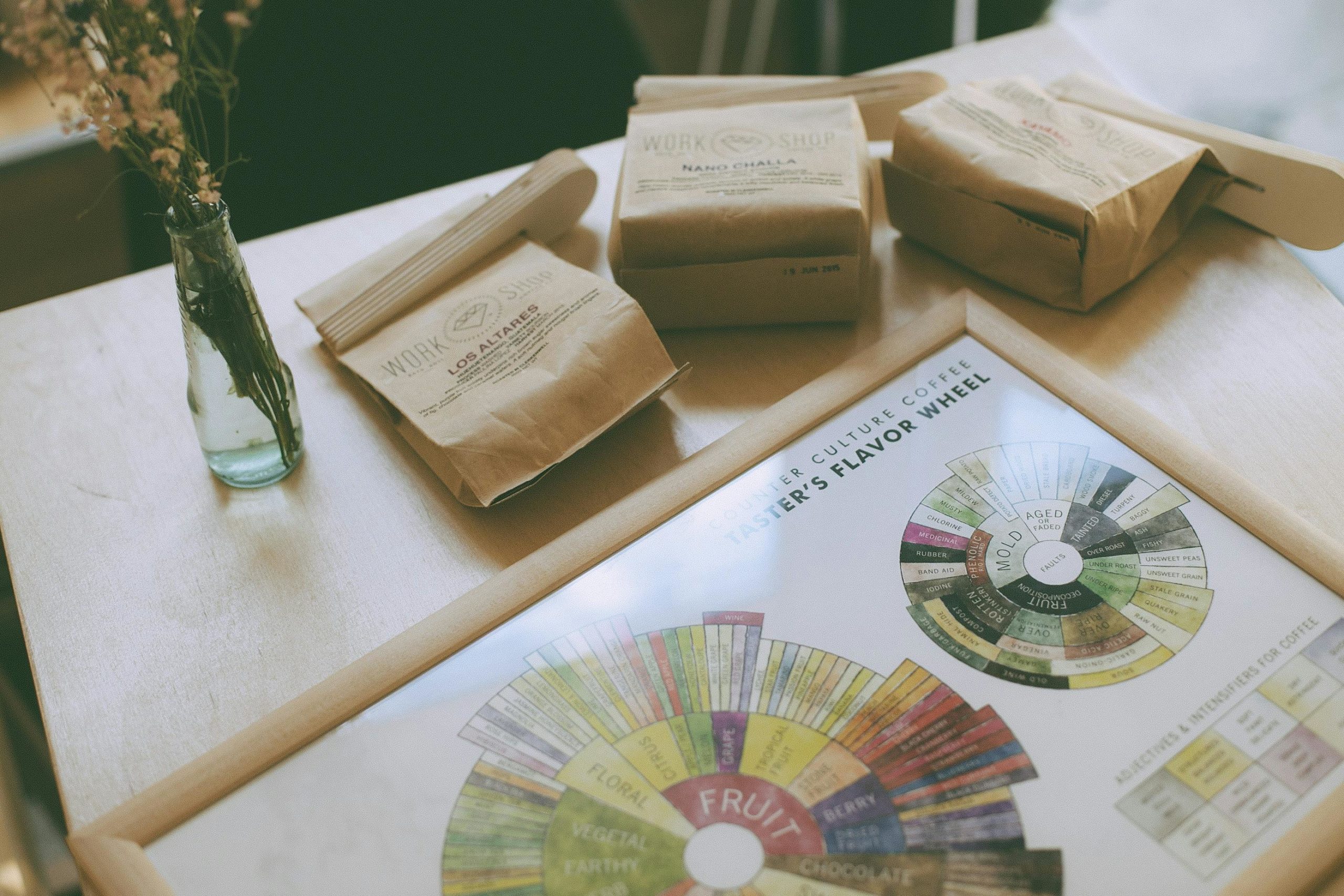Coffee is not just a drink; it’s an experience. The flavours and aromas that fill your cup can take you on a journey around the world, revealing the unique characteristics of the regions where the beans are grown. Understanding coffee flavour profiles can enhance your appreciation of this beloved beverage. Let’s dive into the fascinating world of coffee flavours and discover what makes each cup unique.

What Influences Coffee Flavour Profiles?
Several factors contribute to the flavour profile of coffee, including:
- Origin: The geographical region where the coffee is grown significantly affects its flavour. Factors like soil composition, altitude, and climate play a crucial role.
- Variety: The type of coffee plant, whether it’s Arabica, Robusta, or a specific cultivar, influences the taste.
- Processing Method: How the coffee cherries are processed after harvesting (washed, natural, or honey-processed) impacts the flavour.
- Roasting: The roasting process can bring out or subdue various flavours. Light roasts often retain more of the bean’s original characteristics, while dark roasts develop deeper, more robust flavours.
- Brewing Method: The way coffee is brewed (espresso, pour-over, French press, etc.) can highlight different aspects of the flavour profile.
Key Coffee Flavour Profiles
Fruity
- Tasting Notes: Berries, citrus, stone fruits, apples, pears
- Regions: Ethiopia, Kenya, Colombia
- Description: Coffees with fruity profiles often have bright acidity and vibrant flavours, reminiscent of various fruits. These flavours are more pronounced in African coffees due to the region’s unique growing conditions.
Floral
- Tasting Notes: Jasmine, rose, bergamot, lavender
- Regions: Ethiopia, Yemen
- Description: Floral notes are delicate and aromatic, adding a fragrant complexity to the coffee. Ethiopian coffees, especially those from the Yirgacheffe region, are well-known for their floral qualities.
Nutty
- Tasting Notes: Almond, hazelnut, pecan, peanut
- Regions: Brazil, Guatemala
- Description: Nutty flavours provide a comforting and familiar taste, often associated with coffees from Central and South America. These flavours can add a creamy, smooth quality to the coffee.
Chocolatey
- Tasting Notes: Milk chocolate, dark chocolate, cocoa, fudge
- Regions: Colombia, Brazil, Costa Rica
- Description: Chocolatey coffees are rich and indulgent, with flavours ranging from sweet milk chocolate to deep, dark cocoa. These profiles are commonly found in Latin American coffees.
Spicy
- Tasting Notes: Cinnamon, clove, nutmeg, pepper
- Regions: Indonesia, India
- Description: Spicy notes add a warm, aromatic quality to the coffee. Indonesian coffees, particularly from Sumatra, are known for their earthy, spicy characteristics.
Earthy
- Tasting Notes: Moss, wood, tobacco, mushroom
- Regions: Sumatra, Papua New Guinea
- Description: Earthy flavours can be grounding and robust, offering a deep, rich taste. These profiles are typical of coffees from regions with dense, fertile soil and humid climates.
How to Identify Coffee Flavors
- Tasting (Cupping): Professional tasters use a method called cupping to evaluate the flavours and aromas of coffee. This involves smelling the ground coffee, tasting the brewed coffee, and noting the different flavours and characteristics.
- Flavour Wheel: The Coffee Taster’s Flavour Wheel, developed by the Specialty Coffee Association, is a valuable tool for identifying and describing coffee flavours. It categorizes flavours into primary, secondary, and tertiary notes.
- Experimenting with Brewing Methods: Different brewing methods can emphasize various aspects of a coffee’s flavour profile. Experimenting with methods like pour-over, French press, or espresso can help you discover new dimensions in your coffee.
Conclusion
Understanding coffee flavour profiles opens up a world of sensory exploration. From the fruity, floral notes of African coffees to the chocolatey, nutty flavours of Latin American beans, each cup of coffee tells a story of its origin and journey to your cup. By paying attention to these flavour profiles, you can enhance your coffee experience and develop a deeper appreciation for this beloved beverage.



